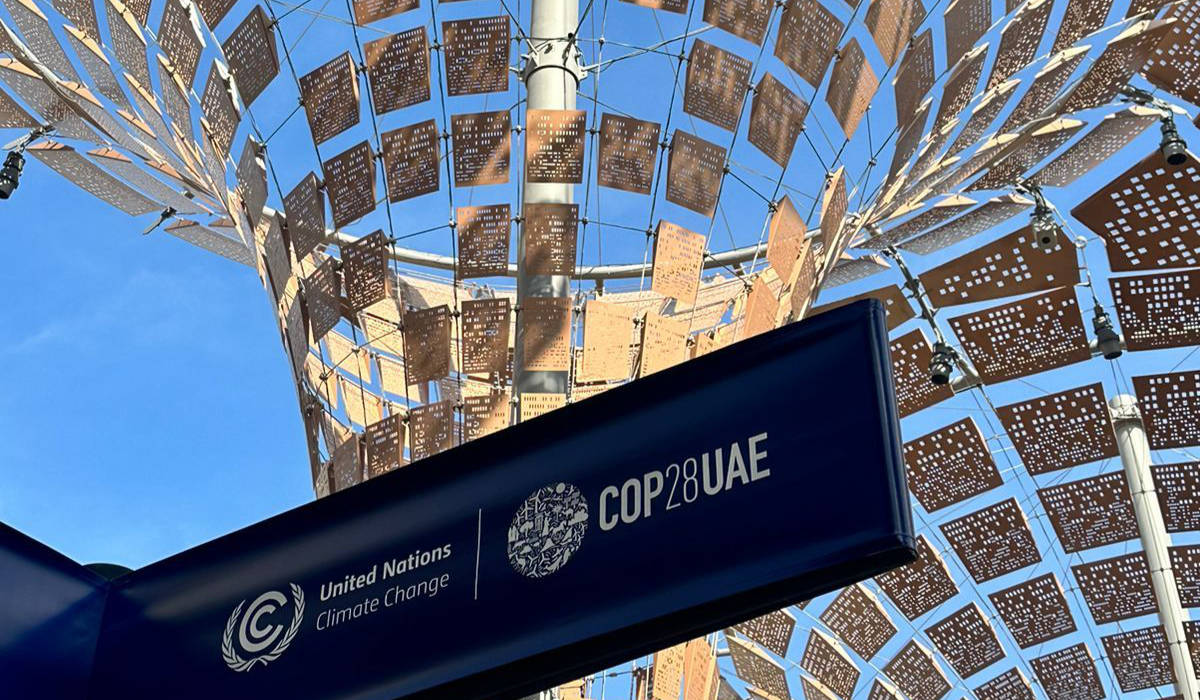Developed countries’ decision to agree to a ‘loss and damage’ fund for vulnerable nations has been hailed as a major success for COP27. But there was also disappointment that a more comprehensive climate deal was put on the back burner.
Parties reached an agreement early Sunday 20 November 2022 as the negotiations ran into overtime. The two-week-long conference was scheduled to end on Friday 18 November 2022, but parties at the talks had to scurry into the weekend to reach a deal. The considerable success of this year’s climate negotiations is the breakthrough agreement to provide ‘loss and damage’ funding for vulnerable countries affected by the climate crisis. The ‘loss and damage’ fund will help developing countries bear the immediate costs of climate-fueled events such as storms and floods.
1.5°c kept alive, but barely
Countries’ commitment to limit global temperature rise to 1.5°c above pre-industrial levels was kept alive, despite fears that countries would backslide on this commitment reached in 2021 in Glasgow.
A host of civil society groups warned that by failing to agree to more ambitious action on emissions reductions, the goal of limiting global warming to 1.5°C was slipping away.
Manuel Pulgar-Vidal, World Wildlife Fund and Global Climate and Energy Lead, as well as president at COP20 in 2014 said the loss and damage deal agreed upon is a positive step.
“But it risks becoming a fund for the end of the world if countries don’t move faster to slash emissions and limit warming to below 1.5°C,” he said. “By failing to agree to phase-out fossil fuels at COP27, leaders have missed the chance to accelerate the elimination of fossil fuels, keeping us on course to climate catastrophe. Without rapid and deep emissions cuts, we cannot limit the scale of loss and damage.”
More is needed at COP28
While the deal on loss and damage was a significant step in the climate negotiations, the decision to delay a climate wider deal, that specifically tackled the phasing out of fossil fuels, was met with less enthusiasm. South Africa’s Ministry of Environment, Forestry and Fishers said in a statement that more needs to be done.
“While we welcome the incremental progress reflected in the… package on finance towards the establishment of the new collective goal in 2025, we believe further urgent action is required to meet developed countries’ obligations.”
It also stated that the agreement “correctly frames the climate crisis and its solutions in terms of the sustainable development goals and Just Transitions, leaving no one left behind, and the need for broader financial sector reform to achieve these”.
Moving forward
Simon Stiell, UN Climate Change Executive Secretary, believed that the loss and damage agreement moved the negotiations forward.
“We have determined a way forward on a decades long conversation on funding for loss and damage – deliberating over how we address the impacts on communities whose lives and livelihoods have been ruined by the very worst impacts of climate change,” said Stiell.
Mohamed Adow from Power Shift Africa expressed that COP27 has done what no other COP has achieved. “It has created a loss and damage fund to support the most impacted communities of climate change. This has been something which vulnerable countries have been calling for since the 1992 Rio Earth Summit,” he said.
Parties agreed to establish new funding arrangements for loss and damage, as well as a dedicated fund, to assist developing countries in responding to loss and damage. Governments also agreed to establish a transitional committee to make recommendations on how to operationalise both the new funding arrangements and the fund at COP28 in 2023.



